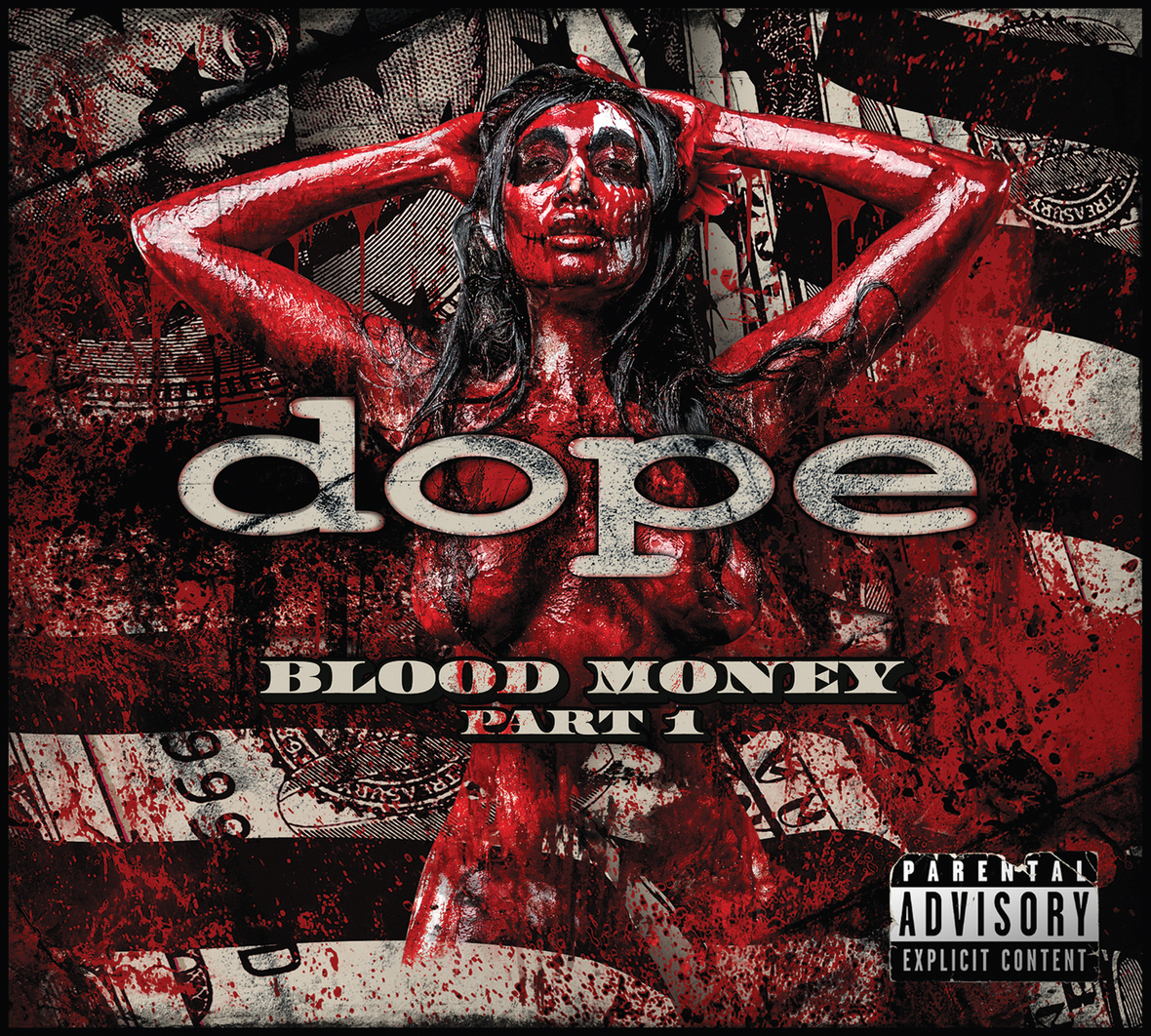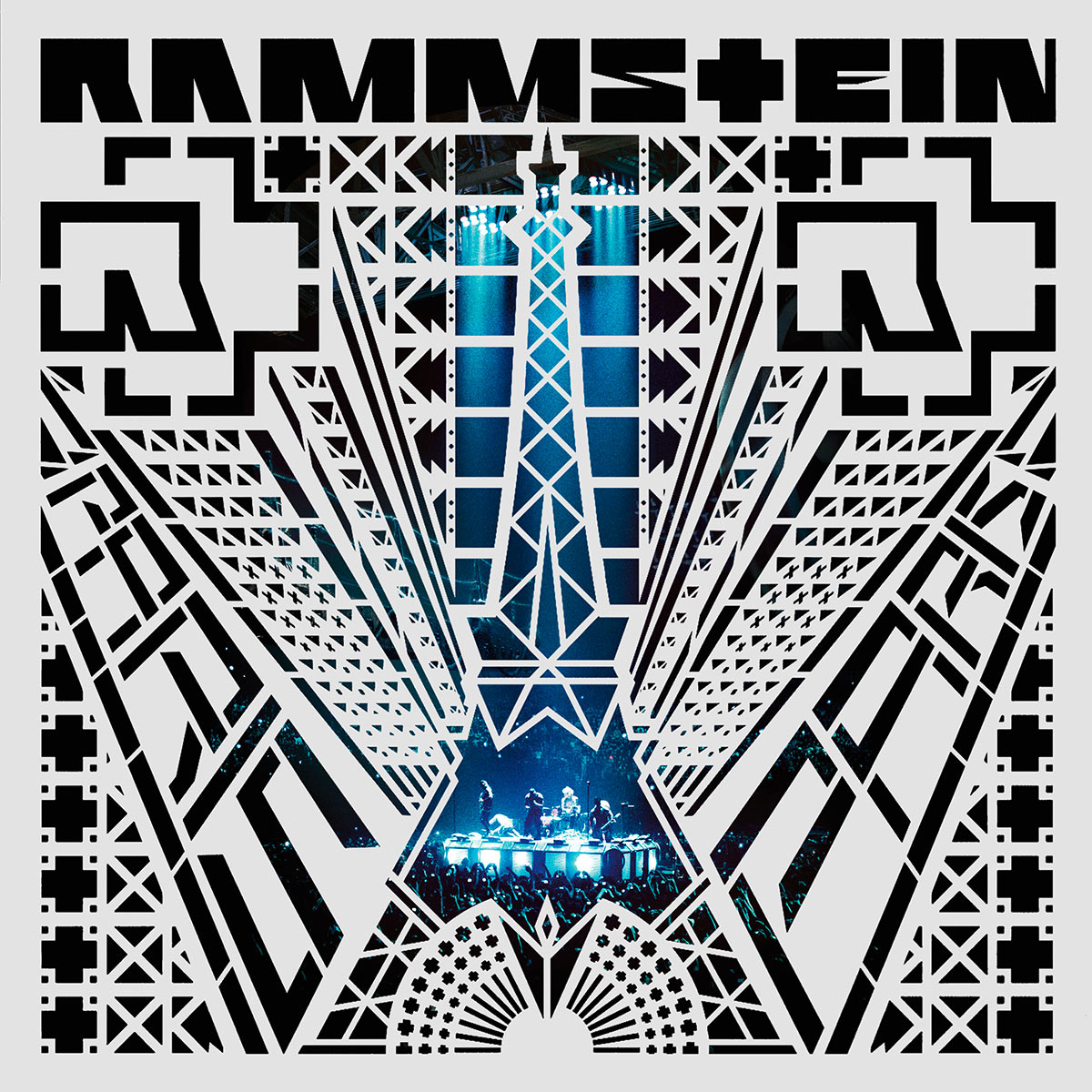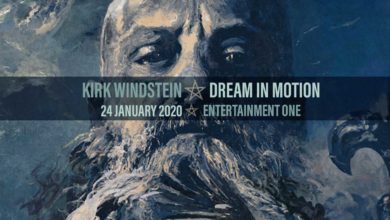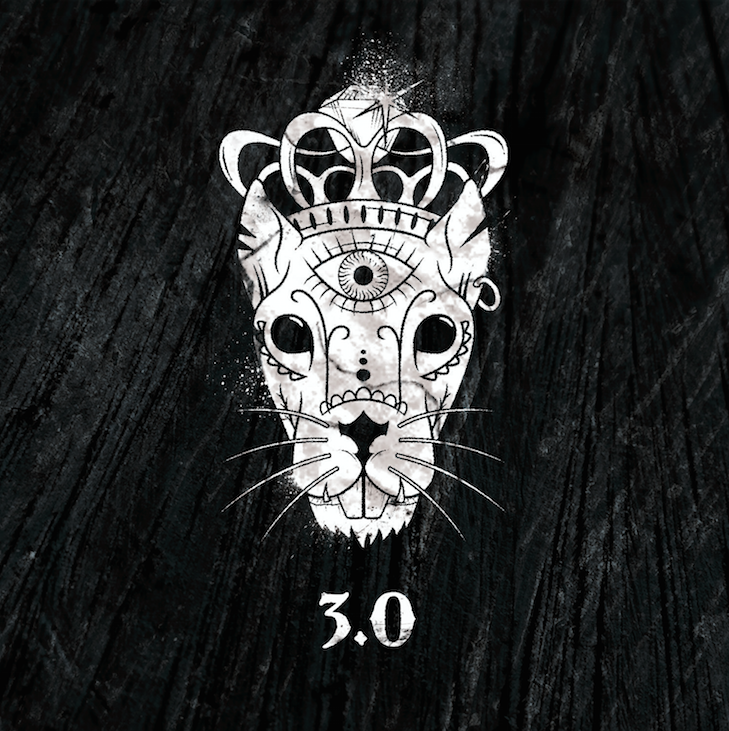 Normally when I’m doing an album review, I’ll have heard a bit of the band beforehand, so I at least know what I’m letting myself in for. If I haven’t heard them properly, I’ll do a bit of digging – read up on them, check out their website (if they have one) or even try their back catalogue. But something about The Man With Stars On His Knees by Aaron Buchanan and the Cult Classics made me forego all that. So, for the first review ever (well, for me), I’d like you to join me on my journey into the unknown.
Normally when I’m doing an album review, I’ll have heard a bit of the band beforehand, so I at least know what I’m letting myself in for. If I haven’t heard them properly, I’ll do a bit of digging – read up on them, check out their website (if they have one) or even try their back catalogue. But something about The Man With Stars On His Knees by Aaron Buchanan and the Cult Classics made me forego all that. So, for the first review ever (well, for me), I’d like you to join me on my journey into the unknown.
Quite frankly, there’s no better opening track for a journey into the unknown than “Show Me What You’re Made Of.” Building from a slow drum beat, with an eerie Foreigner-esque (think Jukebox Hero) vibe in the background, this opener only lasts 1:24 – but what a great way to spend 84 seconds. I lost count of how many times I listened to this song, so quickly was it over.
Yet what comes next is potentially one of the best songs I’ve heard this year. Part anthem, part thumper, all awesome. “All The Things You’ve Said And Done” is quite simply incredible – and it fits together beautifully with the opening track. It’s not often a track leaves me stuck for words to describe it. It’s even less often that that track comes so early in an album. But this track has successfully done that.
After a song like that, you’d imagine that whatever came next would be a bit of a disappointment. Well, you’d be wrong. “Dancin’ Down Below” is a guitar-led groove-fest, that will get your head nodding. It’s really hard to put your finger on any influences – but that’s because while it sounds vaguely similar, it also sounds so new and fresh as well.
“The Devil That Needs You” showcases this variety of influences perfectly – it at once sounds a bit like the Darkness, a bit like the better-class-of-Eurovision song (the ones you’d hear on the radio) and a bit like a myriad of other things. Then, we get to the end of the song, where I’m not entirely sure what’s going on. It almost sounds like what you’d imagine alien communication would sound like. Which, in some songs, wouldn’t work – but here, it does.
“Journey Out Of Here” calms things down. A lot. It’s one of those songs that evokes images of lighters in the air, eyes closed, and swaying to the music. It evokes strange images that resonate with what you’re hearing, even if you don’t quite know why. It’s mellow and rocky, all at the same time. It’s strangely haunting. And it’ll make you want to listen again.
The tiitle track, “The Man With Stars On His Knees,” starts off slowly, building from the previous track. In fact, this is the point that you realise just how well put-together this album actually is. You get the feeling that, great as these songs are, in any other order they would have sounded discordant and, well, a bit wrong. But laid out the way they are here, you can tell that just as much thought has gone into this ordering as went into the writing and recording of them.
It’s also at this point that you wonder where this band has been all your life. Especially when the next, blues-tinged track fires up. “A God Is No Friend” is probably the most soulful track on this album, and, again, it fits in perfectly after “The Man With Stars On His Knees”.
Following a track that could easily be a barbed attack on organised religion would be difficult usually, but again, these guys come up trumps. “Left Me For Dead” is a bit bombastic to say the least, but it doesn’t feel out of place in any way. If anything, it fits in even better after A God Is No Friend, and the two strangely resonate together.
We’re now just three songs from the end of this incredible album, and it’s hard to see just how this album could get any better, or even continue at the same level. Incredibly, they manage to get the last three songs to sound just as good as the preceding eight. Kicking off with “Mind Of A Mute”, we get a guitar tour-de-force, followed by “Morals?”, which sounds like a strangely effective mix of Pink Floyd and the Beatles. If you throw in a bit of Alter Bridge, you’d likely get pretty close to this song, which would be a stand-out track on probably any other album, but here it just slots nicely into the overall tapestry.
We finish with the intriguingly named Track 11, which takes me back to the likes of Bowling For Soup and Wheatus – which is a good thing. This is definitely a great way to end an album, and feels like the sort of song that could end up being a staple of a live set for what will, hopefully, be a long and successful career.
And just like that, we’re at the end of the album and, quite frankly, I’m not quite sure what I listened to. There were so many influences and styles floating about that, in other less-capable hands, it could easily have become a mess. But here, it turns into a thing of wonder. Granted, this album might not be for everyone, but then find me an album that is.







